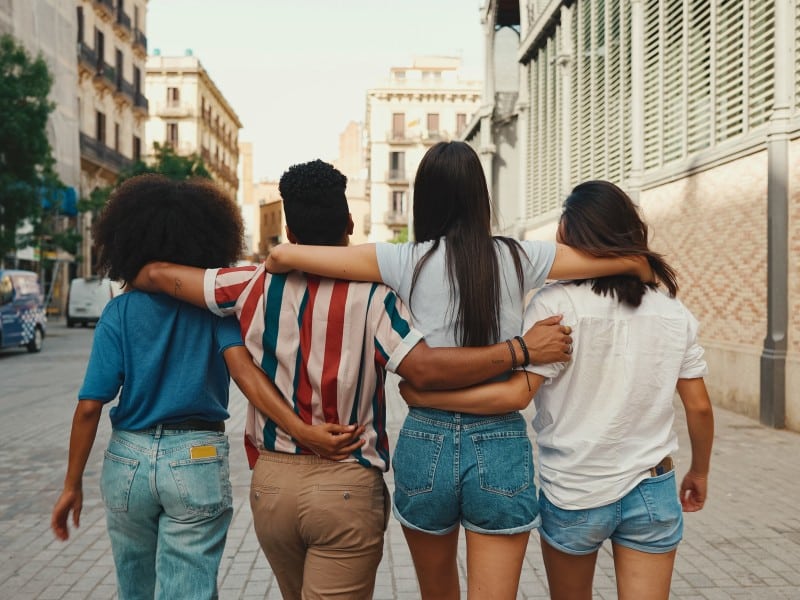Juneteenth: The Nuance of Latino Privilege and Common Struggle
We explore how Juneteenth can inspire much-needed introspection in the Latino community about the role that privilege and shared struggle play in the continued fight for full equality in the U.S for Black Americans.










